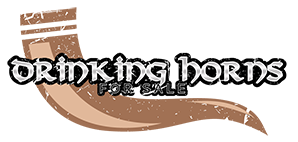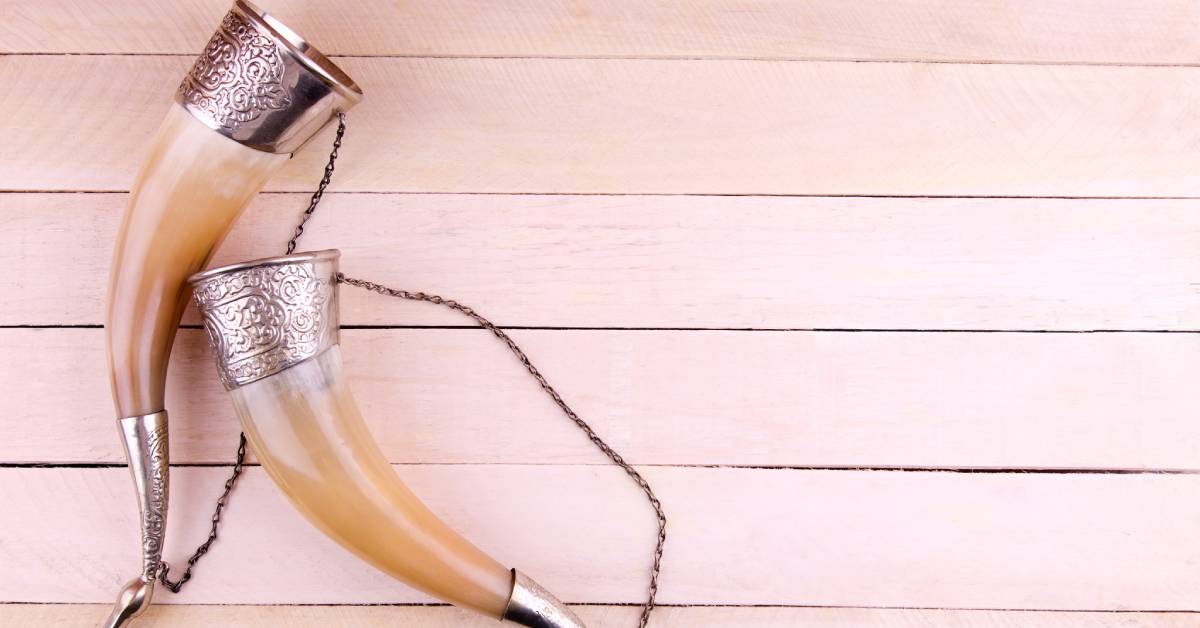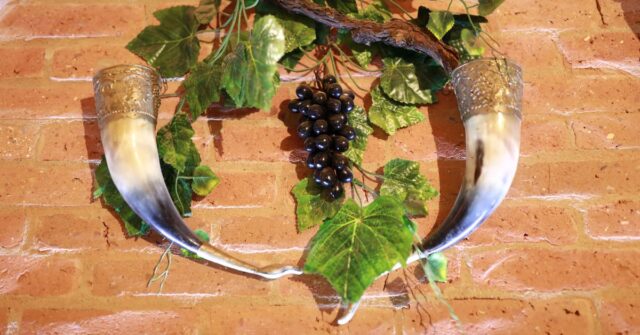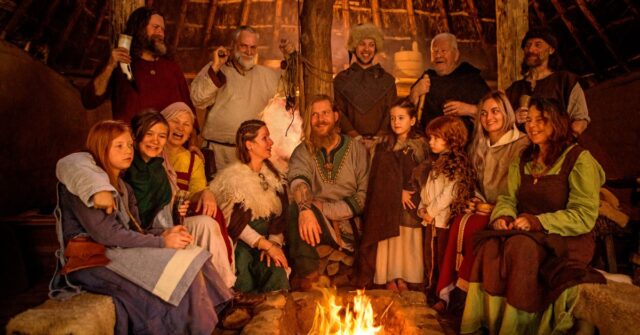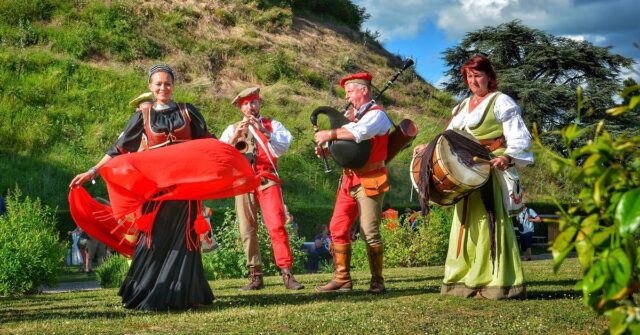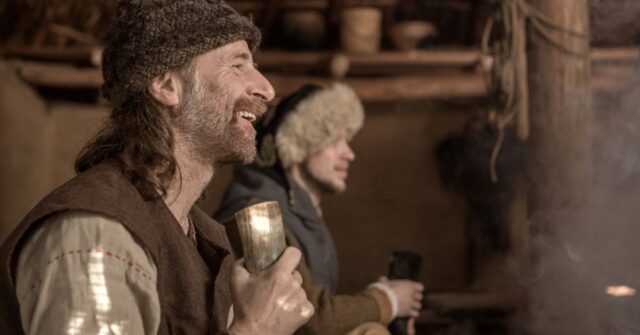Drinking horns, a staple of historical tradition and folklore, have been pivotal in various cultures. Their intriguing connection to toasting rituals is a testament to their pervasive influence across diverse societies.
This article explores the fascinating world of drinking horns and their significance in toasting traditions, navigating through their historical origins, craftsmanship, cultural implications, and modern adaptations.
Introduction to Drinking Horns
Drinking horns have always held a unique place in the narrative of human history. From being prestigious vessels to symbols of power and social status, their impact transcends mere utilitarian purposes.
Before delving into their cultural significance, let’s understand their origin and historical significance.
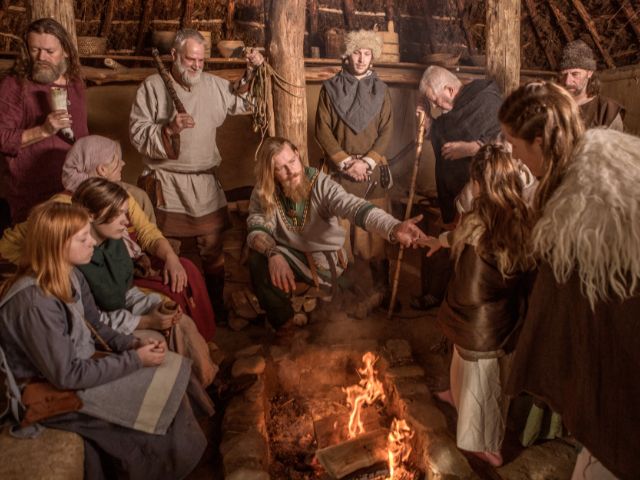
History and Origin of Drinking Horns
The usage of drinking horns can be traced back to the Iron Age, with notable mentions in Classical antiquity. Initially, these were simply bovine horns, repurposed into containers for beverages.
Over time, they evolved into more intricate pieces, reflecting the aesthetic sensibilities of the period and culture.
The Significance of Drinking Horns in Ancient Times
In ancient societies, drinking horns were not merely vessels for consumption; they were symbols of power, wealth, and nobility. Often, the ornate design and the material of the horn indicated the owner’s social standing.
They were also used in religious rituals and festive occasions, making them integral to cultural expression.
The Craftsmanship Behind Drinking Horns
The beauty of drinking horns lies in their elaborate craftsmanship. From the choice of material to the creative designs etched onto them, these horns are a testament to the skill and artistic capabilities of the craftsmen.
Let’s explore this intricate process of creation.
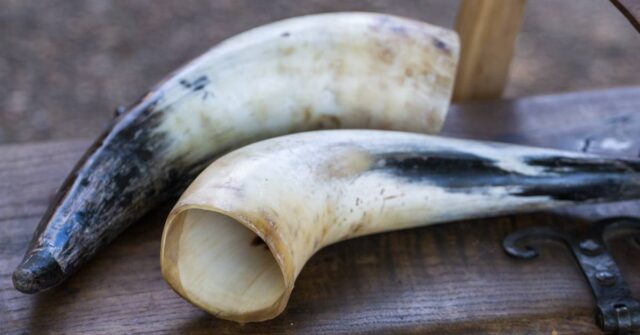
Materials Used in Making Drinking Horns
Initially, drinking horns were made from bovine horns. However, as the craft evolved, other materials like metal and glass were incorporated. The material chosen often signifies the status and wealth of the user.
The Process of Crafting a Drinking Horn
The process of crafting a drinking horn begins with hollowing out the horn, followed by meticulous cleaning and curing.
Depending on the design and cultural norms, the horns may then be embellished with metalwork, carvings, or paintings. The complexity of the design often indicated the significance of the horn.
Artistic Elements in Drinking Horn Design
From intricate Celtic knots to Norse mythological tales, the artistic elements of drinking horn designs serve as a window into the culture and epoch they originate from.
These designs were more than mere ornamentation; they were narratives etched in bone, metal, or glass, chronicling tales of gods, heroes, and life’s quintessential themes.
Drinking Horns in Various Cultures
Drinking horns have made appearances in a variety of cultures, each adopting its own set of practices and customs.
From the frost-kissed lands of Norse tradition to the rolling hills of Celtic culture, let’s embark on a journey to explore these diverse cultural landscapes.
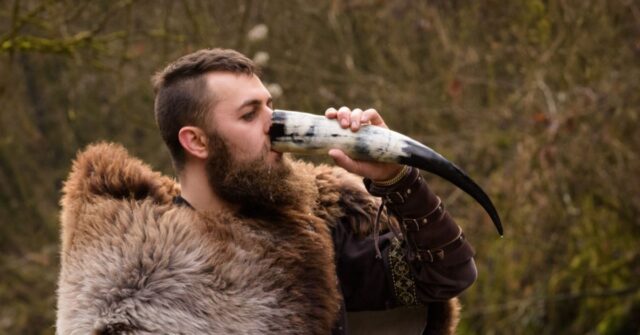
Drinking Horns in Norse Tradition
In Norse tradition, drinking horns held a prominent place in banquets, toasting rites, and religious ceremonies.
They were often decorated with scenes from Norse mythology and adorned with intricate knotwork, reflecting the cultural ethos of the period.
Drinking Horns in Celtic Culture
Celtic cultures, known for their rich folklore and enchanting mythologies, cherished drinking horns during their feasts and ceremonies.
These horns, often embellished with elaborate Celtic knot designs, served as a testament to the artistic prowess of the Celtic people.
Drinking Horns in Greek and Roman Times
In Greek and Roman cultures, drinking horns or ‘rhytons’ were esteemed as ceremonial vessels.
These were often crafted from precious metals or intricately carved from glass and adorned with figures from mythology, symbolizing the rich cultural milieu of the period.
Drinking Horns in Medieval Europe
Medieval Europe saw the usage of drinking horns primarily amongst the aristocracy. These horns, often mounted with silver or gold, symbolized wealth and power, reflecting the hierarchical social order of the time.
Drinking Horns in Eastern Europe and the Caucasus
Drinking horns in Eastern Europe and the Caucasus region are often associated with Georgian ‘supras’ or traditional feasts, where toasting plays a significant role.
These horns, known as ‘kantsi,’ are revered as integral components of Georgian hospitality and toasting tradition.
Drinking Horns in Ancient Persia and the Middle East
Ancient Persian and Middle Eastern cultures also have a history of utilizing drinking horns.
Often crafted from metal or glass, these horns served as ceremonial vessels, intricately designed to reflect the region’s rich cultural traditions.
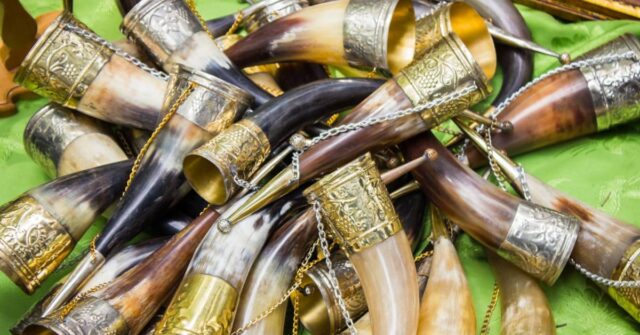
Toasting Traditions Using Drinking Horns
The ritual of toasting is as old as the drinking horn itself. Often, these toasting traditions carried deep cultural meanings, signifying camaraderie, respect, or worship.
As we traverse through different cultures, we’ll uncover the unique toasting rituals associated with drinking horns.
Norse Toasting Rites and Rituals
Norse toasting rites often involved paying homage to the gods. A horn filled with mead would be raised in honor of Odin, Thor, or Freyr. This act symbolized reverence and a plea for divine favor.
The horn would then be passed around for everyone to share, signifying unity and camaraderie.
Celtic Toasting Traditions
In Celtic culture, toasting with a drinking horn often took place during feasts and celebrations. A common toast was to the health and prosperity of the clan, cementing bonds of friendship and mutual respect within the community.
Toasting Traditions in Ancient Rome and Greece
Roman and Greek toasting traditions often involved elaborate ceremonies. Toasts were proposed to the health of the Emperor or in honor of the gods.
The pouring of wine into a communal drinking horn symbolized unity and communal spirit.
Eastern European and Caucasian Toasting Traditions
In Eastern Europe and the Caucasus, particularly in Georgian tradition, toasts are a vital part of the supra. The ‘tamada’ or toastmaster, raises the kantsi filled with wine and proposes elaborate toasts to peace, family, and life.
Each toast is a poetic tribute, and the horn is passed around for all to partake.
Medieval European Toasting Customs
Medieval European toasting customs were tied to societal status. Nobility often toasted to the health of the King or Queen.
Toasting with elaborately designed drinking horns reinforced the status of the aristocracy and was a visual spectacle of their wealth and power.
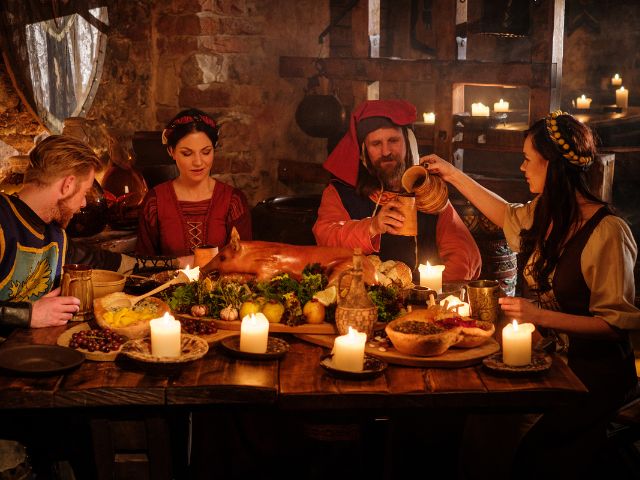
Persian and Middle Eastern Toasting Rituals
Persian and Middle Eastern toasting traditions often involved celebrating special occasions or honoring guests. Drinking horns, filled with wine or other beverages, were raised as a sign of respect and hospitality.
Modern Use of Drinking Horns
The legacy of drinking horns extends into modern times. Today, they are no longer everyday utensils but have evolved into symbols of heritage, artistic artifacts, and quirky elements in popular culture.
Let’s explore their contemporary incarnations.
Drinking Horns in Modern Festivals and Events
Drinking horns have found their place in modern festivals and events, especially those celebrating historical or cultural heritage.
They are seen at Renaissance fairs, Viking festivals, and Celtic celebrations, where they add a touch of authenticity and historical charm.
Drinking Horns as Symbolic Artifacts
Today, drinking horns are also revered as symbolic artifacts. They are often showcased in museums or collected by enthusiasts, serving as tangible links to our diverse cultural histories.
Drinking Horns in Modern Media and Popular Culture
Drinking horns have also made their way into popular culture and media. They are featured in films, TV shows, and literature, often associated with historical or fantasy genres.
These depictions continue to perpetuate the cultural significance of drinking horns.

Conclusions: The Enduring Legacy of Drinking Horns
From ancient toasting traditions to modern adaptations, the drinking horn has journeyed through the annals of human history, touching various cultures along its path.
Despite being rooted in antiquity, its legacy continues to thrive, a testament to its enduring appeal.
As a symbol of camaraderie, a vessel of tradition, and a piece of art, the drinking horn stands as a fascinating beacon of our shared cultural heritage.
